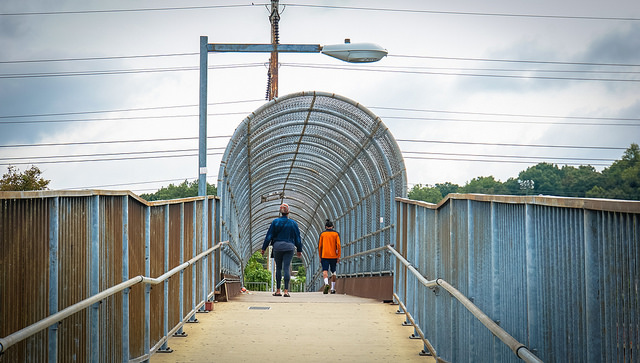Saying Goodbye To The Kojo Nnamdi Show
On this last episode, we look back on 23 years of joyous, difficult and always informative conversation.

Outside Unity Health Care's Parkside Health Center in Kenilworth.
By some accounts, the Washington region is one of the wealthiest in the country. To accommodate its growing workforce, many areas have quickly redeveloped to include luxury apartment buildings and gourmet grocery stores. But who has access to them–and more basic services like healthcare and public transportation? In a new series, No Easy Access, WAMU reporters explored how many Washingtonians–-some of them longtime residents–-still struggle to assess basic amenities. Ward 8, for example, has only one neighborhood grocery store for more than 70,000 residents. On the west side of the Anacostia River, Ward 6 has 12 stores for nearly the same size population.
Neighborhood leaders join Kojo to discuss how that came to be, and what they are doing to narrow the divide between city resources.
No Easy Access: Living Without In A City Of Plenty | WAMU
Washington, D.C. and its suburbs have long been among the nation's wealthiest, with high-quality services to match. But even in this land of plenty, some Washingtonians need to go quite a distance for basic amenities.
On this last episode, we look back on 23 years of joyous, difficult and always informative conversation.
Kojo talks with author Briana Thomas about her book “Black Broadway In Washington D.C.,” and the District’s rich Black history.
Poet, essayist and editor Kevin Young is the second director of the Smithsonian's National Museum of African American History and Culture. He joins Kojo to talk about his vision for the museum and how it can help us make sense of this moment in history.
Ms. Woodruff joins us to talk about her successful career in broadcasting, how the field of journalism has changed over the decades and why she chose to make D.C. home.